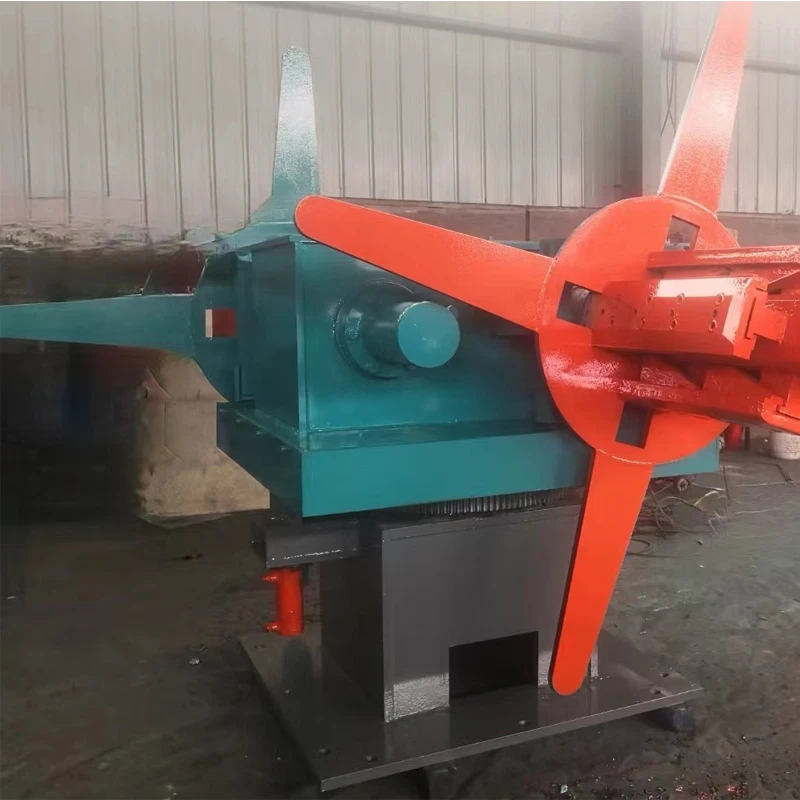standing seam roof roll forming machine
Understanding Standing Seam Roof Roll Forming Machines
In the construction and roofing industries, the term standing seam roof refers to a popular metal roofing system characterized by vertical seams that interlock over the panels. This design not only provides a sleek aesthetic but also delivers exceptional weather resistance and durability. To create these roofing panels efficiently and accurately, manufacturers rely on standing seam roof roll forming machines. This article will delve into their functionality, benefits, and significance in modern construction.
What is a Standing Seam Roof Roll Forming Machine?
A standing seam roof roll forming machine is a specialized device that transforms flat metal sheets into standing seam roofing panels through a series of continuous bending processes. Utilizing roll forming technology, the machine shapes long strips of metal—often steel, aluminum, or copper—into the desired profiles, which can be installed directly onto roofs. The roll forming process is efficient and allows for high production rates, making it a cost-effective solution for producing standing seam roofs.
How Does the Machine Work?
The operation of a standing seam roof roll forming machine begins with feeding the flat metal sheets into the machine. The metal strip is then guided through several rollers that progressively shape it into the standing seam profile. This profile typically includes a raised seam that not only enhances its aesthetic appeal but also contributes to its water-shedding capabilities.
In addition to forming the panels, these machines can often integrate features like cutting and punching capabilities, allowing for the fabrication of customized panels with specific lengths and hole placements for installation purposes. The result is high-quality, ready-to-install roofing panels that can withstand various environmental conditions.
Benefits of Using Standing Seam Roof Roll Forming Machines
1. Durability and Longevity Standing seam roofs are known for their strength. Metal roofs, when properly installed, can last over 50 years, offering a long-lasting solution for commercial and residential buildings.
standing seam roof roll forming machine

2. Weather Resistance The design of standing seam roofs, with their interlocking seams, aids in preventing water infiltration, making them suitable for a variety of climates. This robust system ensures that the seams remain sealed under pressure from wind and rain.
3. Energy Efficiency Many standing seam roofing systems can be installed with reflective coatings, providing energy efficiency by reflecting sunlight and reducing heat absorption. This feature is particularly beneficial for commercial buildings seeking to lower energy costs.
4. Aesthetic Appeal Standing seam roofs provide a clean, modern look that can enhance the overall design of a building. Available in various colors and finishes, they can be customized to fit the design aesthetic of any project.
5. Cost-Effectiveness Although the initial investment may be higher compared to traditional roofing systems, the long-term savings associated with durability and energy efficiency make standing seam roofs a smart choice.
The Importance of Precision in Fabrication
For a standing seam roofing system to perform effectively, the panels must be fabricated with precision. This is where the role of standing seam roof roll forming machines becomes critical. These machines ensure that each panel is made to exact specifications, minimizing waste and reducing installation time. Moreover, advanced roll forming lines are often equipped with digital controls and feedback systems, which further enhance precision and consistency during the production process.
Conclusion
Standing seam roof roll forming machines play a pivotal role in the roofing industry, offering a blend of efficiency, durability, and aesthetic appeal. As the demand for high-performance roofing systems continues to grow, understanding the capabilities and benefits of these machines will be essential for manufacturers, contractors, and architects alike. Embracing such technology not only enhances production efficiency but also contributes to the overall quality and sustainability of modern roofing solutions. As constructions evolve, so too will the machinery that supports them, solidifying the standing seam roof roll forming machine's place as a cornerstone of contemporary roofing production.
-
High Frequency Straight Seam Welded Pipe Production Line-BzZhou Xinghua Machinery Equipment Manufacturing Co., LTD.|Precision Welding, High EfficiencyNewsJul.30,2025
-
High Frequency Straight Seam Welded Pipe Production Line|BzZhou Xinghua|Precision Welding&EfficiencyNewsJul.30,2025
-
High Frequency Straight Seam Welded Pipe Production Line - BzZhou Xinghua|Precision Engineering&EfficiencyNewsJul.30,2025
-
High-Frequency Straight Seam Welded Pipe Production Line-BzZhou Xinghua Machinery Equipment Manufacturing Co., LTD.NewsJul.30,2025
-
High-Frequency Straight Seam Welded Pipe Production Line-BzZhou Xinghua Machinery Equipment Manufacturing Co., LTD.|Precision Manufacturing, High EfficiencyNewsJul.30,2025
-
High Frequency Straight Seam Welded Pipe Production Line-BzZhou Xinghua Machinery Equipment Manufacturing Co., LTD.|Precision Steel Pipe Manufacturing&Industrial EfficiencyNewsJul.29,2025


